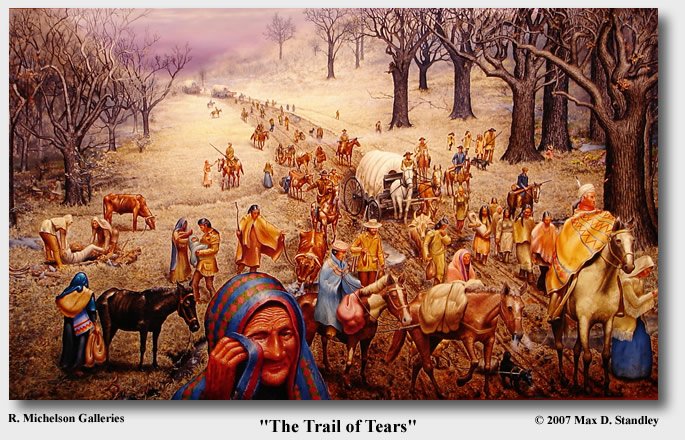As the leftovers were being cleaned up, I was reflecting on the year as well as the holiday itself - specifically how it is portrayed in schools. My daughter is in elementary school and as such she did the typical Thanksgiving celebrations - turkey word searches and decorated pictures of pilgrims. However, it made me think of something my colleague mentioned this month.
My middle school recently returned from a 4 day trip to Washington D.C. It was a fantastic expedition during which we visited so many amazing and historical places. Our students did an amazing job, pushing 13 hour days, over 10 miles of walking, and absorbing as much information as their minds would allow.
We were also part of a wreath laying ceremony at Arlington
She believes that elementary school students should not be directly taught 'history.' History is NOT glitter and unicorns. History is dirty. Many of the topics are not appropriate for younger students due to their graphic nature. Events are rarely black and white - good or bad. Unfortunately elementary school students are not (nor should they be) exposed to this, and so they are raised with a strong cultural bias.
Ask younger grade school students about Columbus and they can tell you all sorts of "facts." He sailed the ocean blue in 1492, he found America, he proved the world was round, he traded with the Indians. Then the pilgrims came, had a rough go of it, made friends with the Indians, who helped them survive before they vanished in the woodlands.
How we teach it
Unfortunately, many of those 'facts' are not true, and the ones that are are very much open to debate and perspective. Elementary schools paint a pretty picture of colonization because, appropriately, the truth of how Columbus treated natives shouldn't be presented to 7 year old children.
And that is the problem. We are teaching our younger children incorrect history, giving them part (specifically an anglo-american part) of an intricate story, and sending them on their way... and then middle or high school teachers have to be the 'bad guys' and 're-teach' students. We have to explain that there have been multiple genocides, not just the one in Germany, and one occurred on the land on which we are currently teaching. And when we bring this up, teachers are met with anger and disgust from both students and parents.
What isn't mentioned
I certainly don't have a perfect answer - truth be told this is outside of my area of expertise. But she did bring up some great points and I'm curious what other educators thing about this opinion.



No comments:
Post a Comment